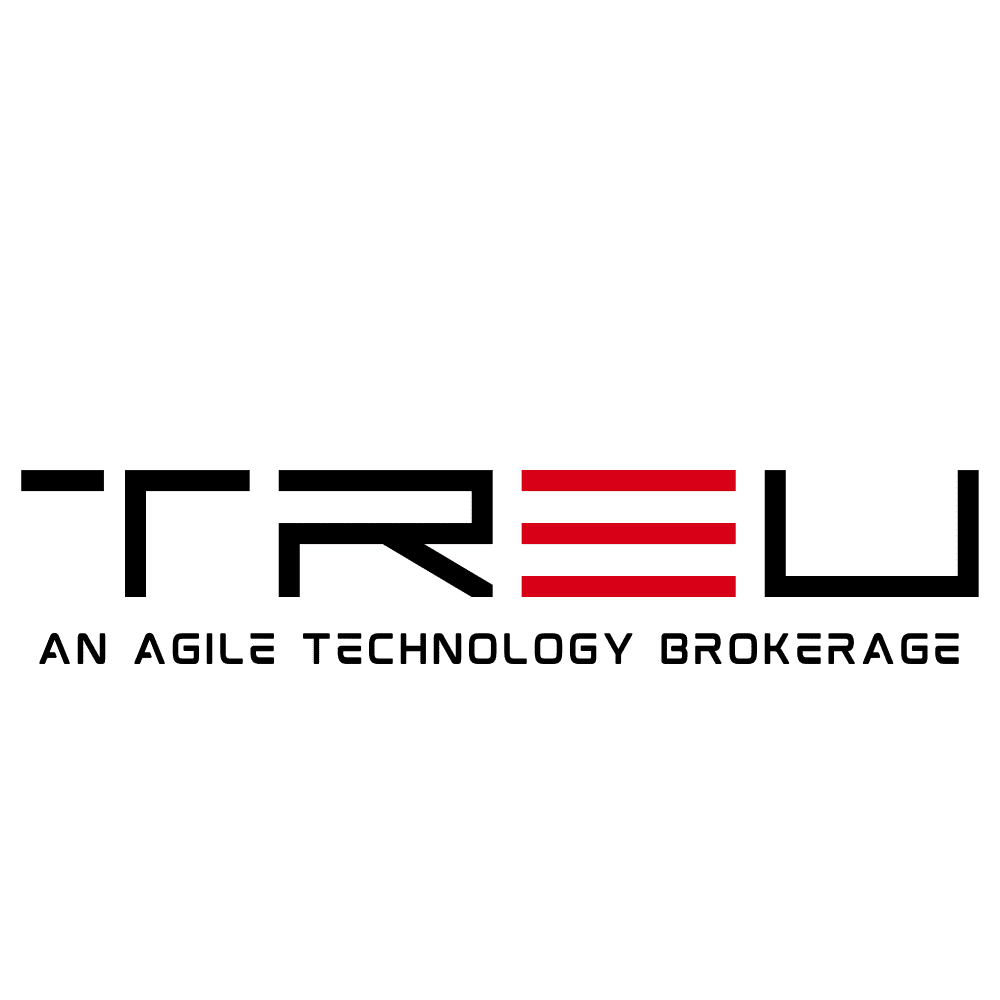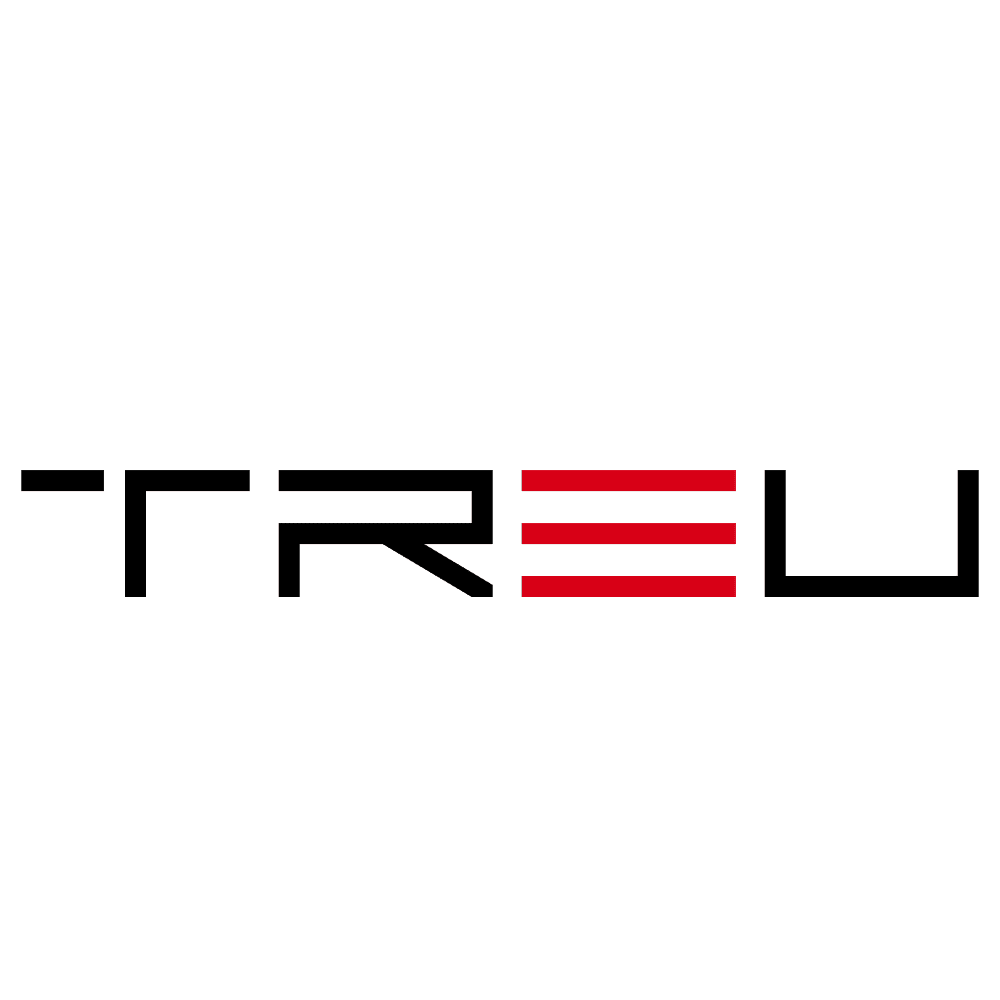Top CIO Technology Trends to Watch in 2025
The role of the Chief Information Officer (CIO) has undergone a monumental shift over the last decade. As businesses become more digital, interconnected, and data-driven, CIOs aren’t merely tech leaders anymore—they are business enablers, critical thinkers, and visionaries. This year, CIOs must sharpen their focus on transformative trends shaping technology landscapes and business ecosystems globally. In this blog, we’ll explore the key CIO technology trends to watch over the course of this year and how they are poised to redefine the future of IT and business operations.
1. Generative AI Takes the Spotlight
The explosive rise of artificial intelligence (AI) has been one of the most exciting technological advancements of the decade. In 2025, Generative AI—a subset of AI capable of creating text, images, code, and even entire virtual environments—will dominate CIO agendas. This technology holds unparalleled potential for innovation, efficiency, and customer experience transformation.
- Enhanced Automation: Generative AI tools can automate complex tasks, enabling businesses to reduce costs while improving operational efficiency.
- New Opportunities for Creativity: CIOs can leverage Generative AI to create personalized customer experiences, generate unique digital content, and even prototype new products faster than ever before.
- Revolutionizing Software Development: CIOs will use AI-driven development platforms to accelerate coding and reduce manual errors.
Beyond its operational benefits, Generative AI also raises ethical questions—around data privacy, content authenticity, and intellectual property—that CIOs must proactively address.
2. The Rise of Hyperautomation
Hyperautomation is set to redefine how businesses approach process optimization by combining technologies such as machine learning (ML), robotic process automation (RPA), and Artificial Intelligence of Things (AIoT). This trend will allow organizations to turbocharge efficiency and streamline end-to-end processes.
Key Benefits of Hyperautomation
- Seamless Integration: Hyperautomation allows diverse technologies to work together, creating fully integrated workflows and breaking down silos.
- Cost Optimization: Automating repetitive tasks can significantly reduce labor costs and eliminate inefficiencies.
- Reskilling Opportunities: Employees can shift from mundane tasks to roles that require strategic thinking, upskilling the workforce and improving job satisfaction.
For CIOs, implementing hyperautomation solutions will prove crucial to staying competitive and scaling operations sustainably.
3. Quantum Computing Breaks Through
Quantum computing, once confined to research facilities and academic discussions, is poised to make its entry into mainstream enterprise use cases. CIOs must get ahead of this curve by understanding how quantum computing will reshape industries that rely heavily on processing large datasets, like finance, logistics, and healthcare.
What Quantum Computing Brings to the Table
- Unprecedented Speed: Quantum computers can solve complex problems in seconds that would take traditional computers thousands of years to compute.
- Advanced Cryptography: Quantum computing is likely to disrupt existing security protocols, pushing CIOs to rethink encryption and cybersecurity strategies.
- Data Analysis: Enhanced capabilities in analyzing huge data sets will offer new insights into customer behavior, supply chain optimization, and risk management.
CIOs must spend time acquiring talent and investing in quantum-readiness tools to prepare their organizations for quantum innovation.
4. Cybersecurity Gets Even Smarter
As organizations expand their digital footprints, cyber threats are rapidly growing in complexity. CIOs will focus on smarter, AI-driven cybersecurity to counteract increasingly sophisticated cyberattacks. Protecting sensitive customer and business data will remain a top priority.
Emerging Cybersecurity Trends
- AI-Powered Defenses: Next-gen cybersecurity tools powered by AI and ML will detect, prevent, and respond to threats in real-time.
- Zero Trust Architecture: The “trust no one” model will gain wider adoption, emphasizing strict identity verification and access controls for all users.
- Proactive Threat Management: CIOs will increasingly adopt predictive cybersecurity measures to identify and eliminate vulnerabilities before they are exploited.
Investing in cutting-edge security solutions, along with employee training, will safeguard organizations from future cyber risks.
5. Sustainable Technology as a Business Imperative
Sustainability isn’t just a buzzword—it’s a business imperative for future-focused CIOs. Organizations will be expected to adopt greener technologies and processes, both to reduce carbon footprints and to stay compliant with evolving environmental regulations.
Sustainability Initiatives for CIOs
- Green Cloud Computing: Transitioning to energy-efficient cloud data centers will help businesses meet sustainability targets.
- IoT for Monitoring: Deploying IoT sensors to track energy usage, supply chain emissions, and waste management in real-time.
- E-Waste Management: Proactively addressing electronic waste to minimize environmental impact.
Through these initiatives, CIOs can not only cut costs but also ensure their organizations are at the forefront of environmentally responsible innovation.
6. The Dominance of Edge Computing
With IoT devices proliferating at an unprecedented rate, edge computing will become a cornerstone of enterprise IT in 2025. CIOs will need to allocate resources for deploying edge technologies that complement their centralized cloud solutions.
Why Edge Computing Matters
- Reduced Latency: By processing data closer to its source, edge computing allows for real-time actions and decision-making.
- Improved Reliability: When critical systems can operate independently at the edge, businesses are less impacted by network downtime.
- Scalability: Edge computing’s decentralized model makes it easier to manage IoT devices and distributed systems efficiently.
CIOs should align edge and cloud strategies to create hybrid infrastructures that cater to diverse use cases.
Final Thoughts
This year promises to be transformative for CIOs, demanding a balance of innovative technology adoption, stronger ecosystems, and a keen focus on ethical and sustainable decision-making. The technology trends discussed here—including Generative AI, hyperautomation, quantum computing, advanced cybersecurity, sustainable tech, and edge computing—represent the forefront of change. By staying proactive and embracing these trends, CIOs can solidify their roles as strategic enablers and future-proof their organizations in an ever-changing technological landscape.
What’s your organization doing to prepare for these trends?

